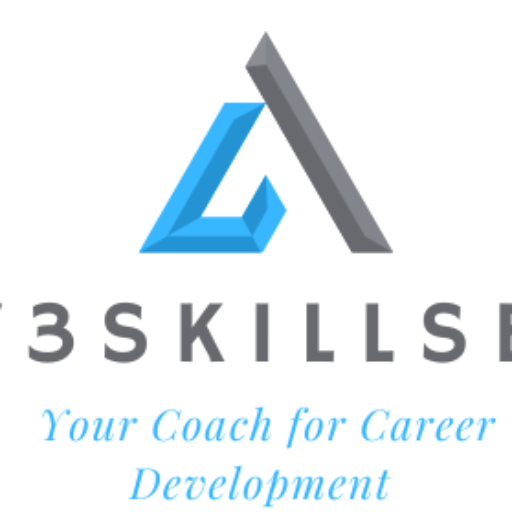Microsoft Fabric vs. Power BI: What’s the Difference?
Understanding Microsoft’s New Unified Data Platform and Its Role Alongside Power BI
In the ever-evolving world of data analytics, Microsoft has introduced a game-changing platform: Microsoft Fabric. If you’re already familiar with Power BI, you might be wondering—how is Microsoft Fabric different? Do I need both?
This post clears up the confusion by breaking down what Microsoft Fabric is, how it relates to Power BI, and which tool is right for you (or when to use both).
What Is Power BI?
Power BI is Microsoft’s powerful business intelligence (BI) tool used for:
- Data visualization
- Reporting
- Dashboard creation
- Sharing insights across teams
It connects to multiple data sources, lets you model and analyze data, and create interactive visuals for decision-making. Power BI is ideal for:
- Business users
- Analysts
- Decision-makers who want insights quickly
Think of Power BI as the front-end of data storytelling.
What Is Microsoft Fabric?
Microsoft Fabric is a unified data platform that brings together multiple tools under one umbrella—including data engineering, data science, real-time analytics, data warehousing, and Power BI.
It combines features from:
- Power BI
- Azure Synapse
- Data Factory
- Azure Data Lake
- SQL analytics
- Spark-based compute
All within one SaaS experience—built for scalability, collaboration, and modern data architecture.
Think of Microsoft Fabric as the back-end engine + front-end dashboard in one ecosystem.
Key Differences Between Microsoft Fabric and Power BI
| Feature/Function | Power BI | Microsoft Fabric |
|---|---|---|
| Purpose | Data visualization & BI | Unified end-to-end data platform |
| Includes Power BI? | N/A | ✅ Yes, Power BI is a core component |
| Data Engineering | ❌ Not included | ✅ Yes (with Spark, notebooks, pipelines) |
| Data Warehousing | Limited via Datamarts | ✅ Fully integrated data warehouse tools |
| Data Science & ML | ❌ Not native | ✅ Includes ML workloads and integrations |
| ETL & Data Pipelines | Basic with Power Query | ✅ Advanced with Data Factory & Pipelines |
| Storage Format | Proprietary or import models | ✅ Lakehouse architecture using OneLake |
| Collaboration | Power BI Service | Microsoft Fabric with centralized workspace |
| For Developers? | Limited DAX/Power Query | ✅ Full development environment for data teams |
How Power BI Fits Inside Microsoft Fabric
Power BI is now one of the core workloads inside Microsoft Fabric. It acts as the presentation layer of your entire data stack, where insights and reports are created after your data has been ingested, transformed, and stored within Fabric.
In short:
Ingest Data → Transform & Store in OneLake → Visualize in Power BI
Use Case Scenarios
| Scenario | Best Tool |
|---|---|
| You only need dashboards and reports | Power BI |
| You want to build a data warehouse + reporting | Microsoft Fabric |
| You’re a small business analyzing Excel or Google Sheets data | Power BI |
| You’re an enterprise looking to unify data engineering, science, and analytics | Microsoft Fabric |
| You’re migrating from Azure Synapse or Data Factory | Microsoft Fabric |
So, Do You Need Microsoft Fabric?
Not every business needs Microsoft Fabric.
Start with Power BI if:
- Your data is manageable
- You’re focused on insights, not complex data architecture
- You just want dashboards and quick decision-making tools
Upgrade to Microsoft Fabric if:
- You handle large, diverse, or enterprise-level data
- You need to combine engineering, warehousing, and reporting
- You want a single platform for your full data lifecycle
Final Thoughts
Power BI remains the go-to tool for business intelligence—and for many teams, it’s more than enough.
But Microsoft Fabric is the future of unified data analytics, especially for enterprises and teams wanting to streamline their entire data ecosystem from source to dashboard in one platform.
If you’re unsure where to start, or whether your business is ready to shift to Fabric, our team at W3SKILLSET can help you assess, plan, and migrate your data tools with ease.
👉 Need help deciding or setting up Fabric or Power BI?
Contact W3SKILLSET for a free consultation or dashboard audit today.




